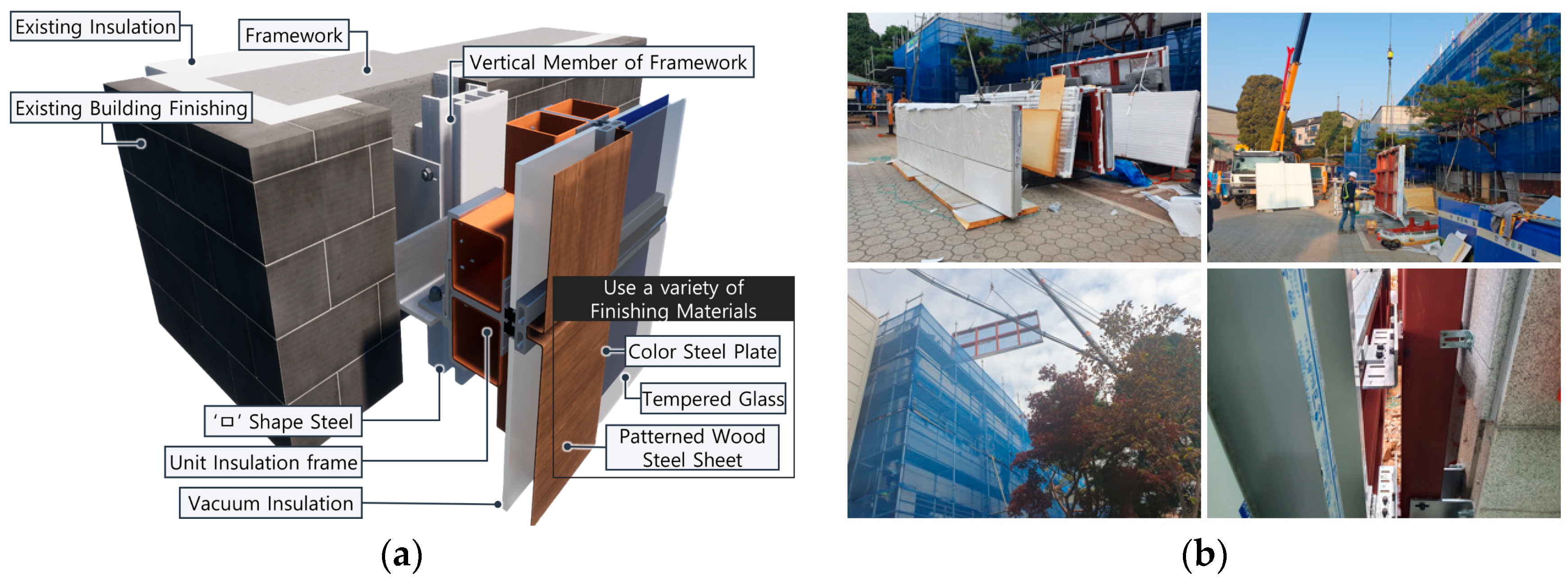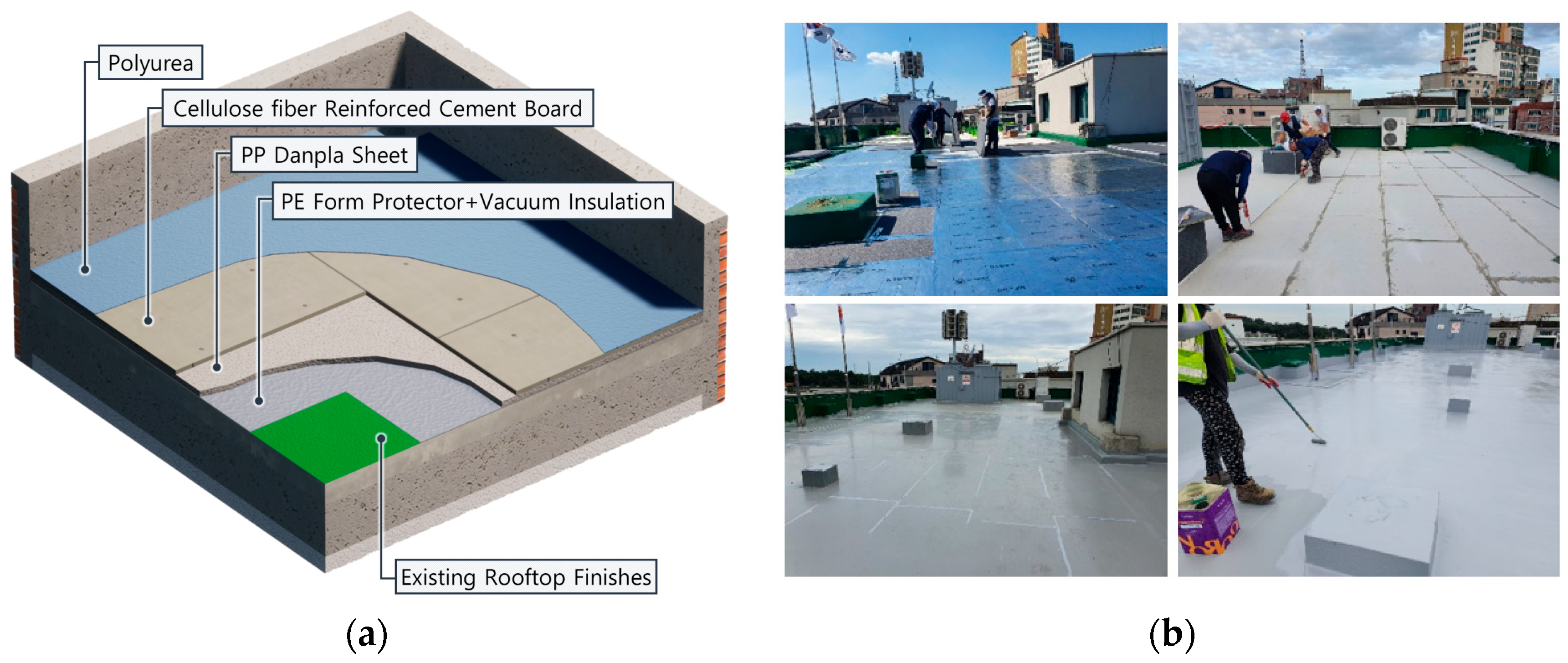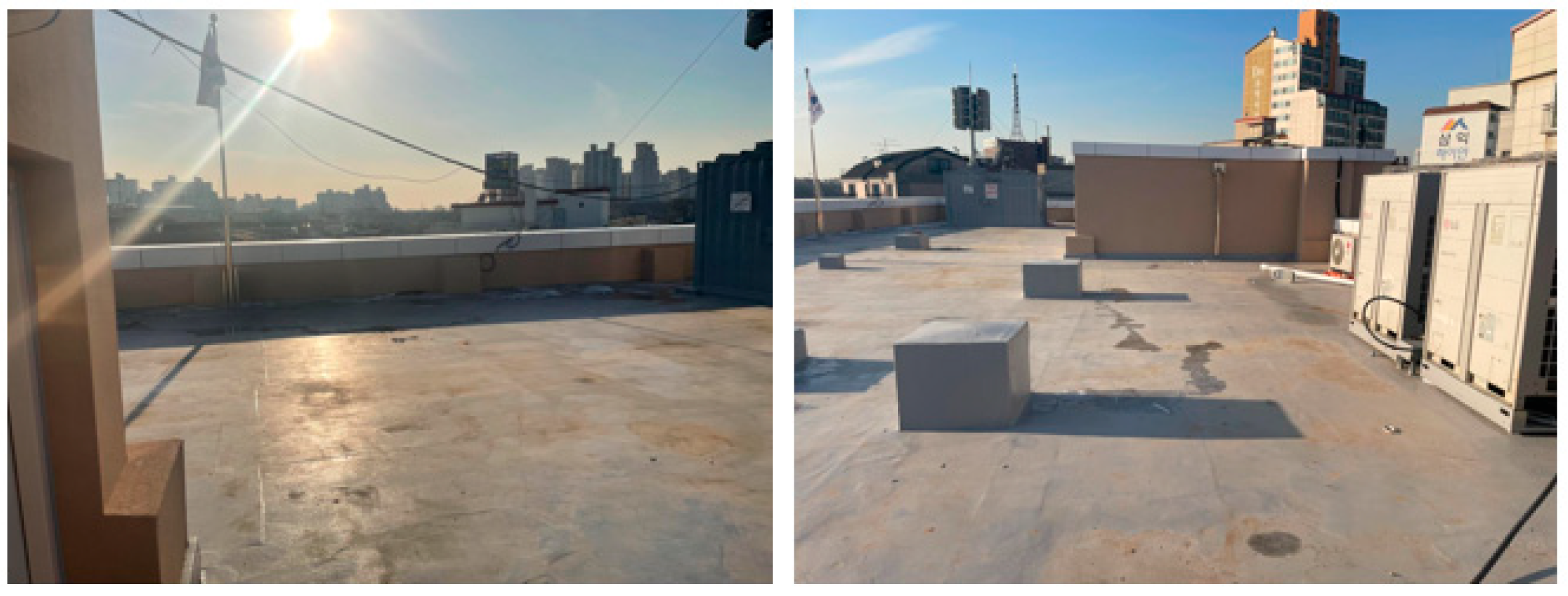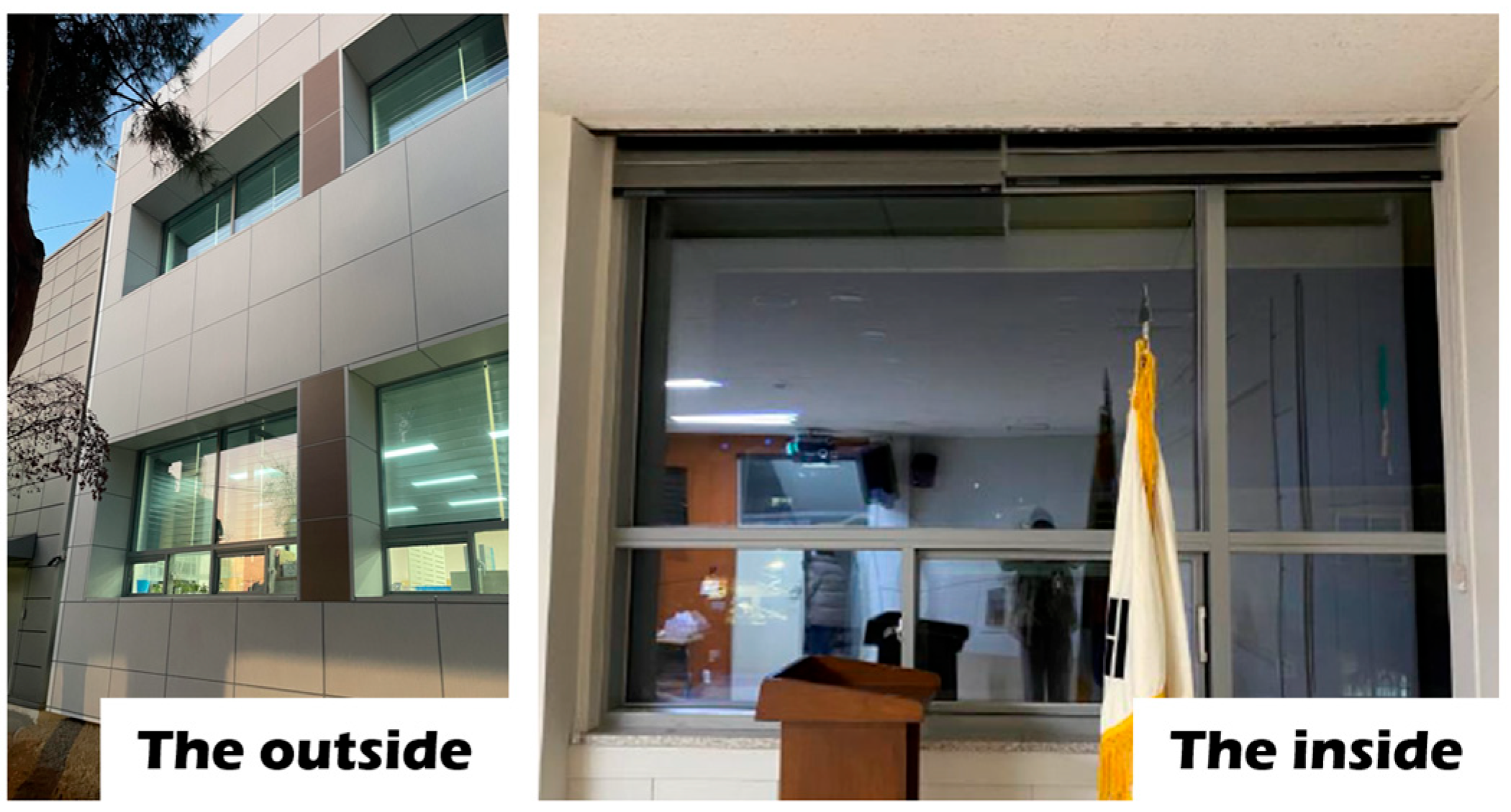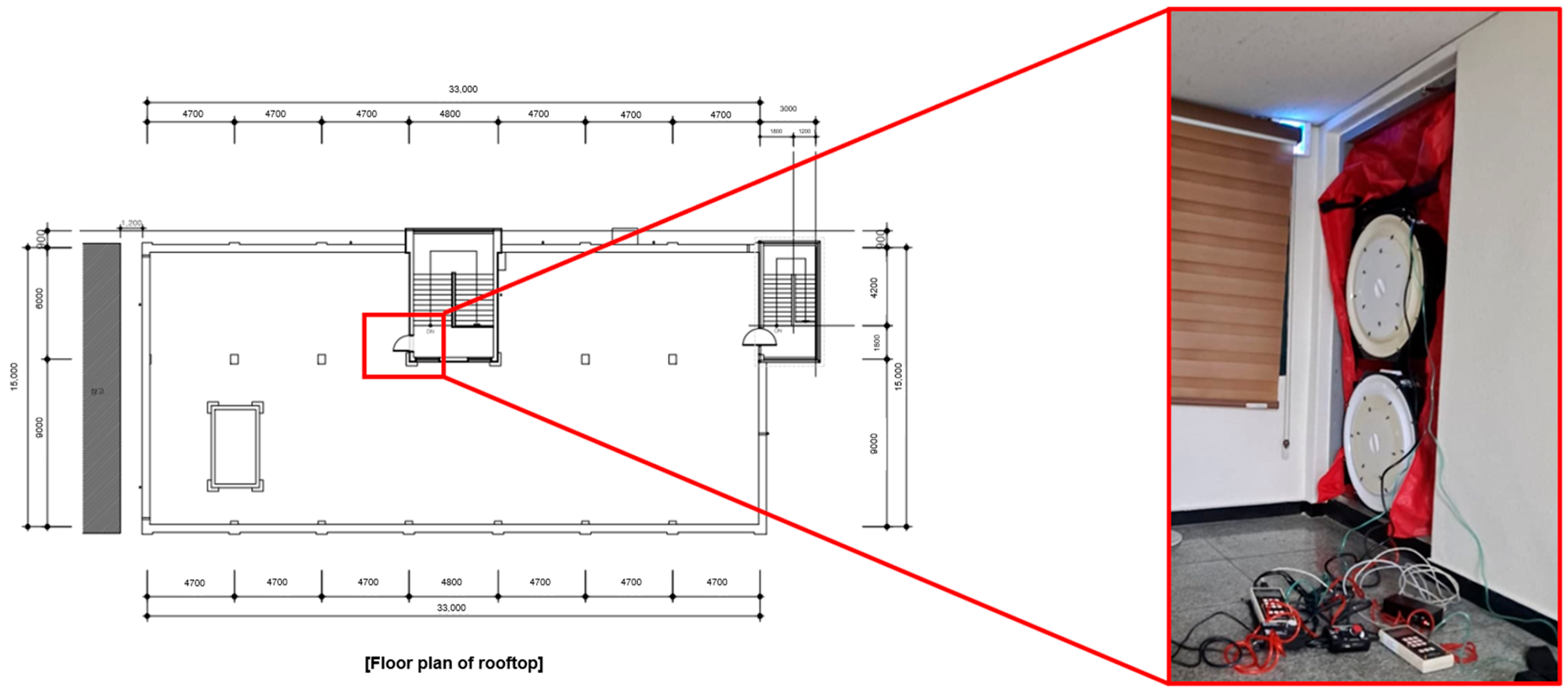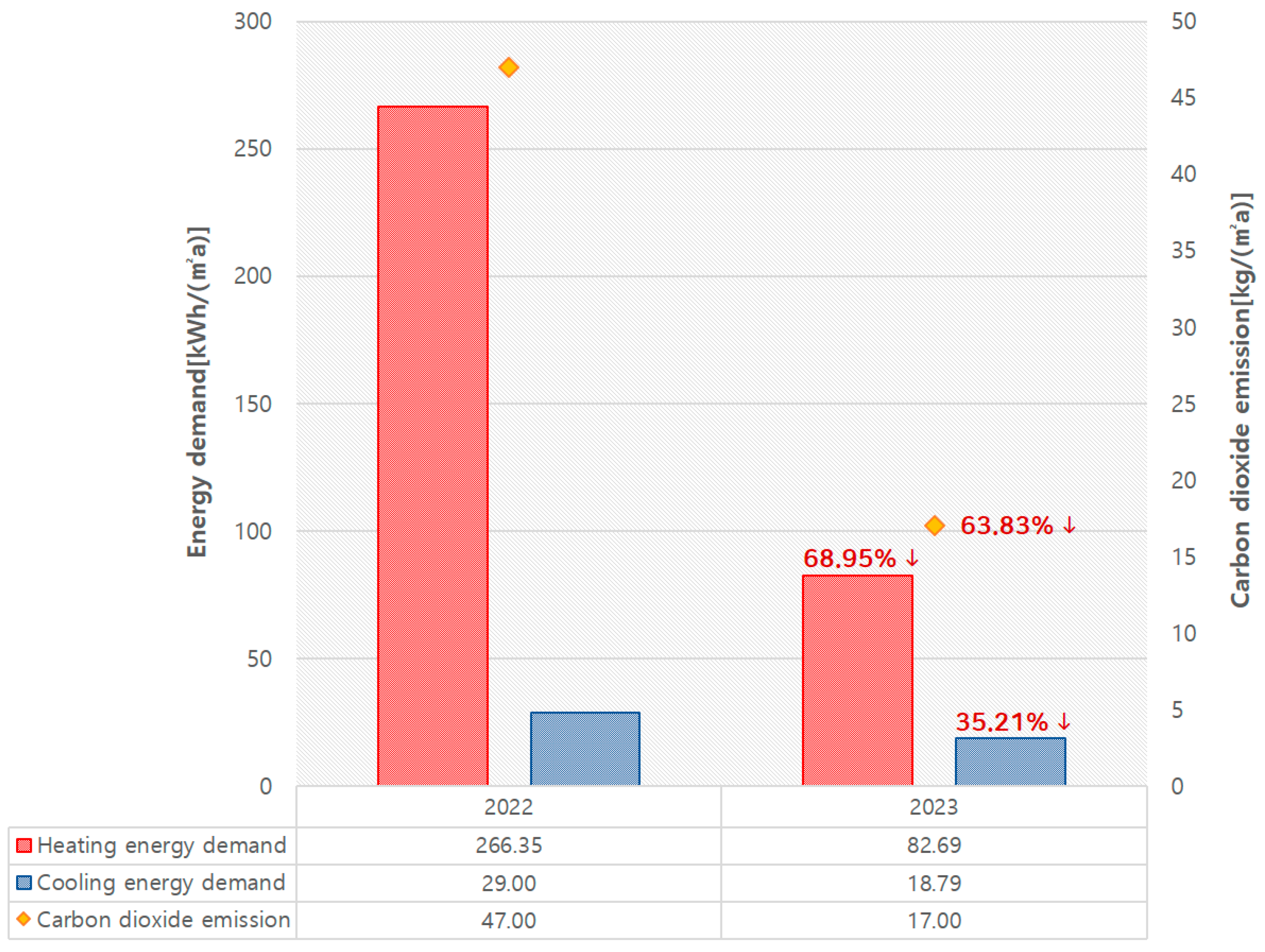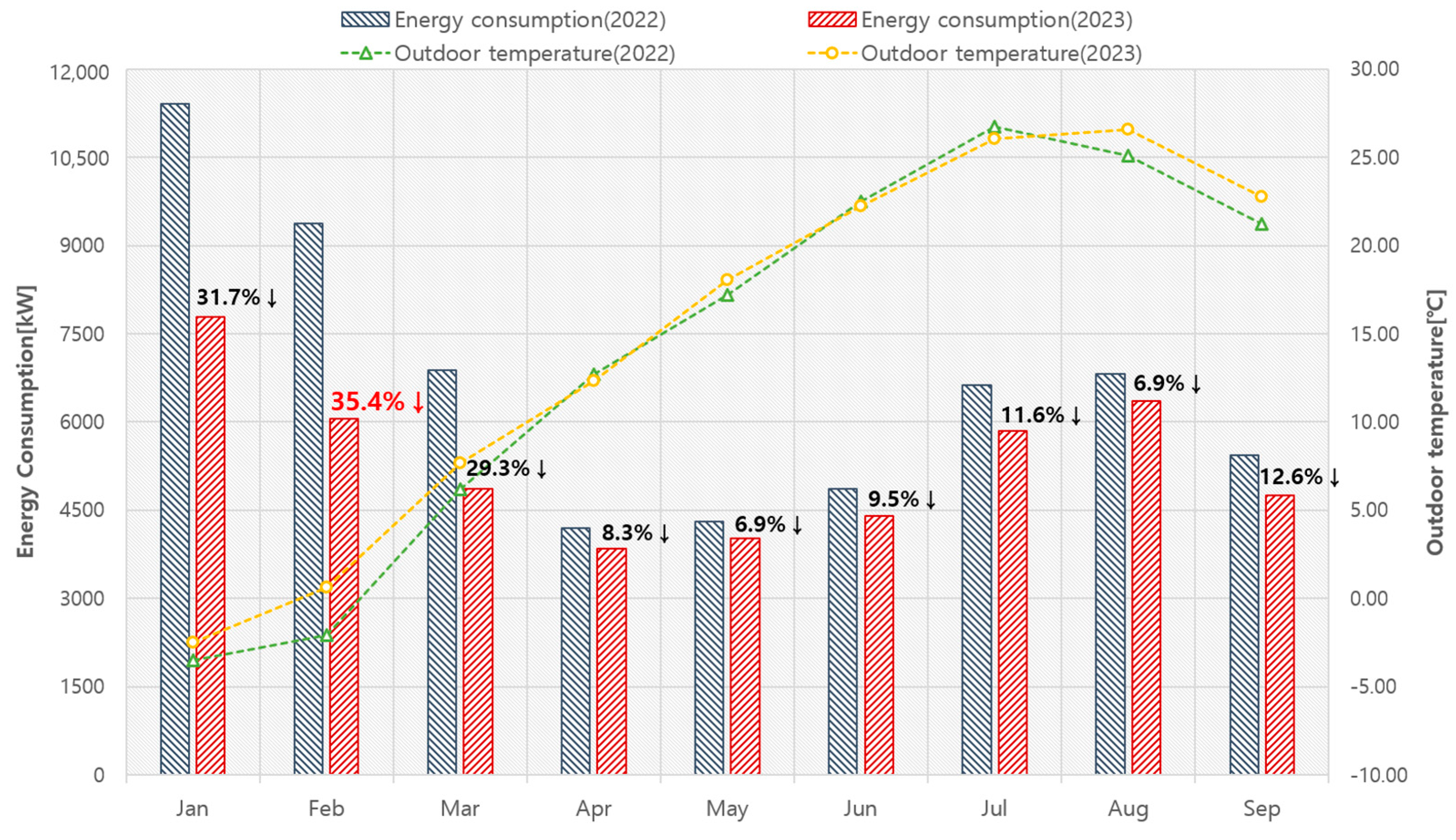1. Introduction
As the climate crisis continues to intensify, reduction in greenhouse gas emissions has become an important task around the world. Additionally, South Korea has declared “2050 carbon neutrality” and is making significant strides with its carbon emission reduction policy. The Korean government has made the decision to develop a 2050 carbon-neutral scenario to set a detailed strategy for implementing 2050 carbon neutrality through the 2050 Carbon-Neutral Promotion Strategy. Experts from 45 government research institutes recommended by 11 ministries formed a technical working group in January 2021 to analyze the reduction potential based on government plans such as the latest domestic and international policies, technological development trends, economic and social prospects for 2050, and basic energy plans already announced. Based on the results, a scenario (draft) of the technical working group was prepared in consultation with the relevant ministries and by adjusting issues by reduction means [
1].
Because nearly a quarter of the nation’s carbon emissions come from the building sector, the Korean government is spearheading a policy to increase the number of low-carbon buildings [
2]. Low-carbon buildings are those that reduce greenhouse gas emissions by increasing energy efficiency through remodeling and new construction of old buildings with low energy efficiency.
The Ministry of Land, Infrastructure, and Transport announced the “National Land Transport 2050 Carbon Neutral Roadmap” in December last year and proposed the activation of zero-energy buildings in new buildings and green remodeling of existing buildings as major initiatives [
3]. Green remodeling refers to the transformation of existing buildings into green buildings through energy efficiency improvements and efficiency. Green remodeling of public buildings will be mandatory from 2025, and approximately 30,000 old public buildings nationwide will undergo green remodeling each year. In particular, 75% of residential buildings are old buildings more than 15 years old, and the green-remodeling project is a core project of Korea’s version of the Green New Deal announced in 2020 [
4], which aims to improve the energy efficiency of old buildings, create a pleasant residential environment, and create eco-friendly jobs through performance improvement projects.
Several countries have conducted empirical research on green remodeling. Xin et al. [
5] compared and analyzed heating energy consumption before and after retrofit in a northern Chinese city using actual measurements. The changes in heating radii before and after retrofit were investigated. The influence of envelope construction retrofit on the buildings was analyzed. Douglas et al. [
6] developed a tool to evaluate the feasibility of green wall retrofits. This tool demonstrated different levels of retrofit feasibility in urban areas of Australia. This tool can be used by green stakeholders to increase urban green spaces and regional cities. Yongtao et al. [
7] reviewed and investigated green retrofit technologies and policies. In this study, a framework for implementing green retrofit in old residential buildings in Hong Kong was developed. Li et al. [
8] conducted a green retrofit survey and analyzed public institution buildings in cold regions. Taking Shenyangas as the main object of the study, the green retrofit situation of five typical public-sector buildings was surveyed. This study addresses the current problem of public facilities in the process of retrofitting to determine suitable technical measures. Li et al. [
9] developed a simulation-based model to optimize the energy comfort for green retrofit of buildings. A school building in China was selected as a case study to validate the developed model. The multi-objective optimal solution for building green retrofit resulted in 4% energy savings. Fan et al. [
10] presented an optimization model to help decision makers determine the best combination of building retrofit options to ensure policy compliance in South Africa in the most cost-effective manner.
Several studies related to zero-energy architecture and green remodeling for carbon neutrality have been conducted in Korea. Moon et al. [
11] examined the limitations of domestic policy status and literature on private green remodeling and developed a plan to revitalize private building green-remodeling projects. Choi et al. [
12] participated in a green-remodeling project for public buildings for national and public daycare centers that were actual green-remodeling cases and derived the optimal retrofit plan through energy performance analysis and economic analysis for 10 alternatives that included both passive and active technology elements, for national and public daycare centers that actually completed construction. Woo et al. [
13] analyzed the energy-savings rate before and after green remodeling through design consulting, focusing on the goal of the green-remodeling support project for public buildings to understand the energy-saving effect of green remodeling. Lee et al. [
14] analyzed the effect of green remodeling considering zero-energy building certification for small neighborhood living facilities using ECO2 in terms of energy performance improvement and recovery period compared to investment cost. Therefore, various empirical studies are currently being conducted in Korea to examine the effects of improving energy efficiency through green remodeling.
In this study, a remodeling application method was developed to improve the energy performance of existing public buildings, and green remodeling was performed by selecting an empirical building located in Siheung, Gyeonggi-do, Korea. In order to analyze the effect of improving energy efficiency after the completion of the remodeling, the simulation results and energy consumption were analyzed.
3. Results and Discussion
3.1. Analysis of the Airtightness Performance
The airtight performance of the building was measured to confirm the effect of improving energy performance before and after green-remodeling construction. Airtight performance measurement (Blower door test) is a method of measuring acupuncture and leakage, in which pressure differences between indoor and outdoor air are arbitrarily generated by installing a blower door fan in contact with the outside air. It aims to find, repair, and improve the leakage area of the building’s outer shell through airtight performance measurements and to reduce heat loss by convection through performance verifications. In Korea, a confidential performance evaluation and the required performance standards have not yet been clearly established at the national level. The confidential standard for passive houses in Germany is 0.6 times (h−1), which can be considered a fairly strong confidential level considering the confidential performance of existing buildings in Korea.
Prior to the green remodeling, the airtight performance of the demonstration building was measured. As shown in
Figure 8, the performance was measured by installing blow door equipment at the entrance to the building’s rooftop floor. The airtight performance measurement showed that the airtightness was measured 8.57 times per hour, as shown in
Table 3. It was well below the standard, and a considerable amount of outside air was entering through the gap in the window.
The green remodeling improved the insulation and airtight performance of the building, and the airtight performance was measured after construction was completed. The measurement showed that the airtight performance was improved by approximately 71% compared to 2.48 times per hour before the green remodeling. It is expected that the airtight performance of a building will be greatly improved by supplementing the needle/leakage area through external insulation construction and the replacement of windows and doors.
3.2. Simulation Analysis
Simulations were conducted to predict the energy performance after implementing green-remodeling technology in demonstration buildings. Energy#, a static analysis method based on ISO 52016 [
15], was employed for the analysis. This program was developed based on Germany’s Passive House Planning Package (PHPP), a trusted tool in the field of energy analysis for passive architecture. It is an Excel-based program and is a single-zone-based static analysis method suitable for the analysis of small and medium-sized buildings. It has the advantage of being able to quickly perform repetitive calculations by complexly changing a number of input variables, such as the orientation of the building, the insulation level of the outer shell, the thermal performance and window area ratio of the window, and the airtight performance [
16].
Simulation input values are shown in
Table 4. Airtight performance field measurements before and after remodeling (before remodeling: 8.57; after remodeling: 2.48) were applied to the simulation, and the values of the heat flow rate by remodeling application technology were input in
Table 2.
Figure 9 shows a comparison of the annual cooling and heating energy requirements before and after remodeling the target building. Before remodeling, the heating energy requirement of the building was 266.35 kWh/(m
2∙a), and the cooling energy requirement was 29.0 kWh/(m
2∙a). Post-remodeling, these figures reduced significantly to 82.69 kWh/(m
2∙a) for heating and 18.79 kWh/(m
2∙a) for cooling, indicating a reduction of approximately 68.95% for heating and 35.21% for cooling. After green remodeling, the target building’s carbon dioxide emissions are expected to decrease from 47 kg/(m
2∙a) to 17 kg/(m
2∙a), indicating a reduction of 63.83%. The effect of reducing carbon dioxide emissions may be provided as basic data for realizing Korea’s 2050 carbon-neutral goal.
This analysis demonstrates a substantial enhancement in the building’s passive performance, particularly in reducing heating energy demand compared to cooling energy demand. It is anticipated that occupants of the demonstration buildings will adapt their energy behavior during winter, leading to a decrease in the use of heating equipment [
17].
3.3. Energy Consumption Analysis
This study focused on analyzing energy consumption to assess the impact of energy performance improvement before and after the green remodeling of the target building. For the analysis, data from the Korea Electric Power Corporation that reflects the energy usage recorded in the target building’s bills were utilized. The study period was set from January to September 2022, representing the period before the remodeling, and from January to September 2023, indicating the timeframe after the remodeling took place.
Figure 10 presents a comparison of the monthly energy consumption levels before and after the remodeling of the demonstration building. Additionally, the outside temperatures before and after the remodeling were analyzed. Prior to the remodeling, the average energy consumption from January to September 2022 was 6658 kWh/month, totaling 59,925 kWh cumulatively. Following the remodeling, the average energy consumption from January to September 2023 decreased to 5327 kWh/month, with a cumulative value of 47,947 kWh.
Analyses of the monthly energy use savings before and after remodeling revealed reductions of 31.7% in January, 35.4% in February, 29.3% in March, 8.3% in April, 6.9% in May, 9.5% in June, 11.6% in July, 6.9% in August, and 12.6% in September. The average monthly energy savings from January to September amounted to 17.4%. Notably, the most substantial savings were observed in February, the peak of the winter season, followed closely by January. Despite a 2.7 °C increase in the average outdoor temperature in February 2023 compared to February 2022, energy consumption decreased by 35.4%. This decline is attributed to reduced heat loss and enhanced airtightness resulting from external insulation reinforcement and the replacement of old windows and doors on the building’s exterior.
4. Conclusions
In this study, green-remodeling technology was implemented in residential demonstration buildings to enhance their energy efficiency. The impact of this energy efficiency improvement was analyzed through simulations and real energy consumption data. To enhance the building’s passive performance, green-remodeling development technologies, such as the prefabricated dry external insulation system, dry external insulation waterproof system, and high-performance windows, were employed.
Airtightness performance was measured to validate the insulation and airtightness capabilities of the building. Significant improvements in airtightness were achieved by supplementing the leakage areas through external insulation construction and the replacement of windows and doors.
Simulations were conducted to forecast building energy performance before and after remodeling, resulting in a substantial reduction of approximately 68.95% in heating demands and 35.21% in cooling demands. The primary energy consumption is anticipated to decrease by 63.93%. This reduction in heating energy demand was attributed to the significant enhancement in the building’s passive performance.
A comparison of monthly energy usage before and after remodeling revealed an average monthly reduction of 17.4% from January to September. Notably, the highest savings were observed in February, during the winter season, closely followed by January. The energy consumption decreased by 35.4% despite a 2.7 °C increase in the average outdoor temperature in February 2023 compared to that before green remodeling, thus confirming the efficacy of energy performance improvement through remodeling.
This study investigated the energy efficiency of buildings before and after green remodeling, aiming to contribute to energy efficiency and reduce energy consumption by verifying the energy-saving impact. A limitation of this study is the inability to conduct the analysis for periods with missing actual capacity data. For a more comprehensive analysis of the energy efficiency improvement resulting from green remodeling in demonstration buildings, it will be essential to compare the actual conditions before and after remodeling across several buildings simultaneously. Additionally, conducting an economic analysis of green remodeling will involve evaluating the actual energy consumption and associated costs.

